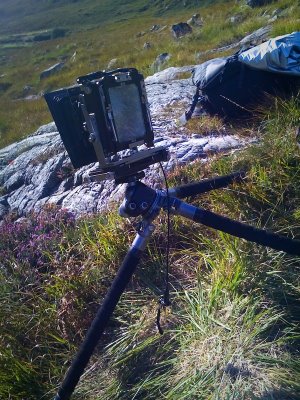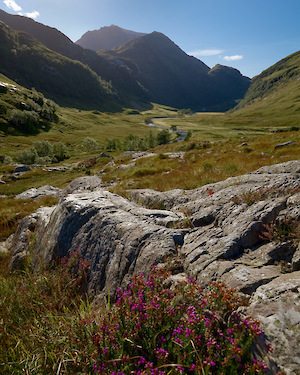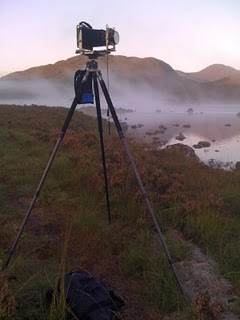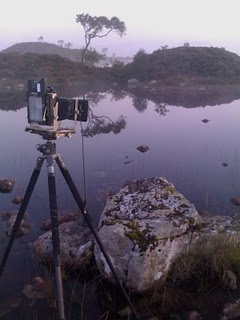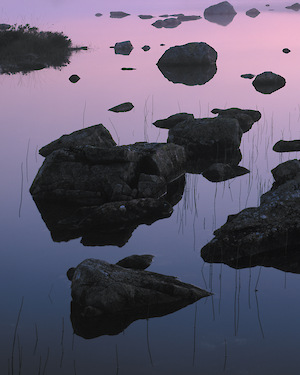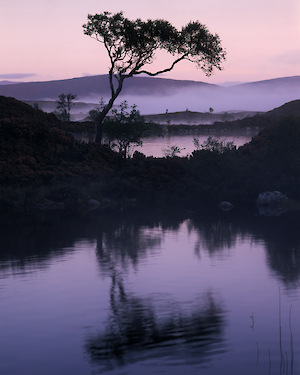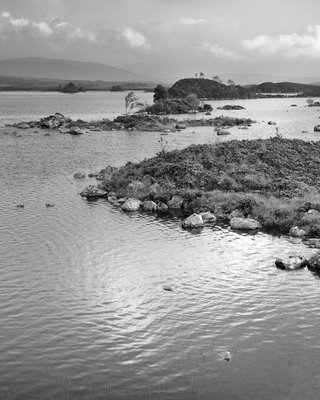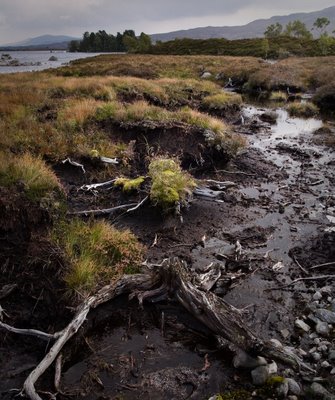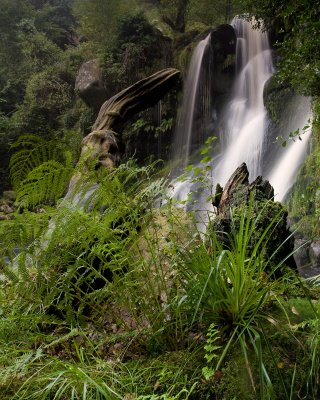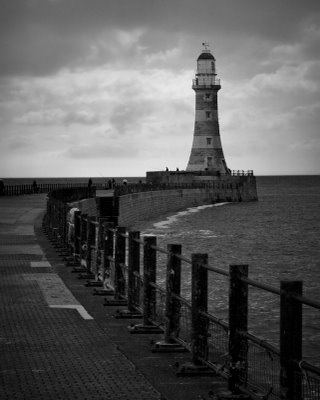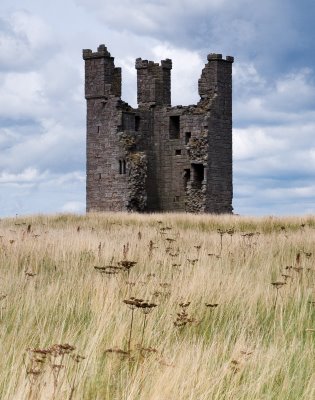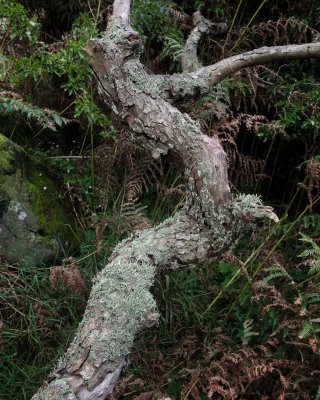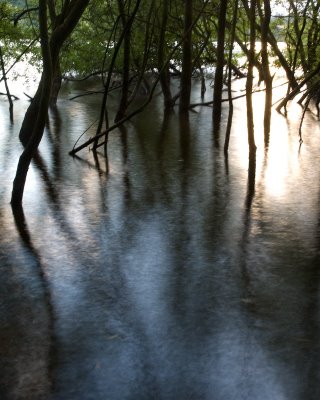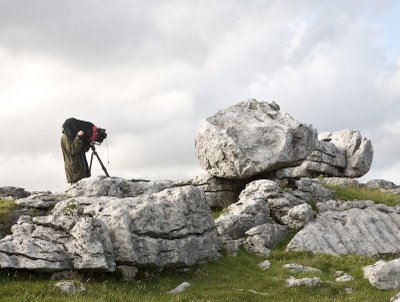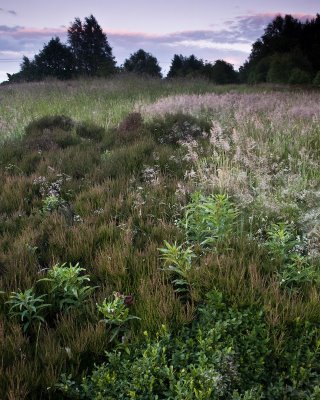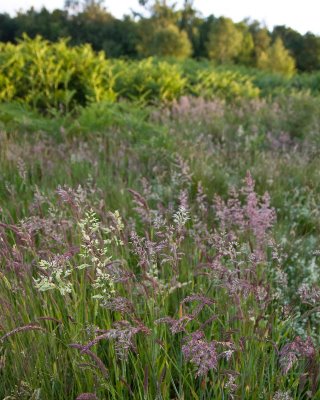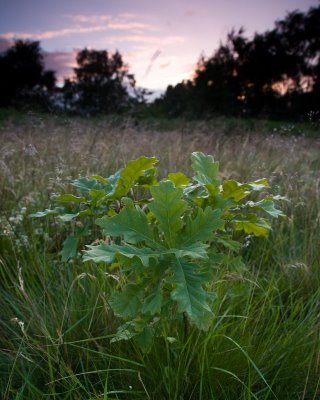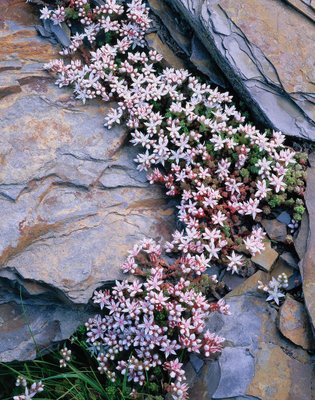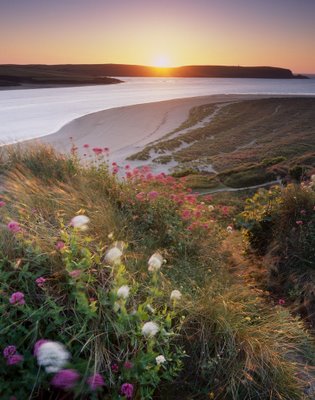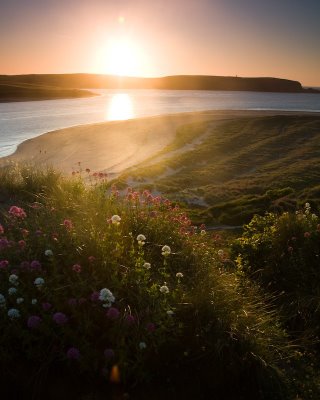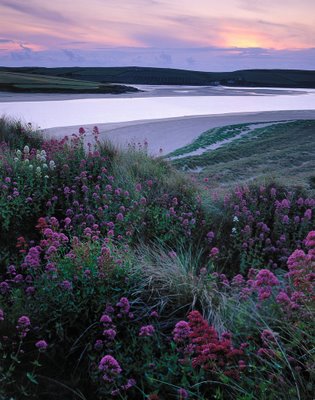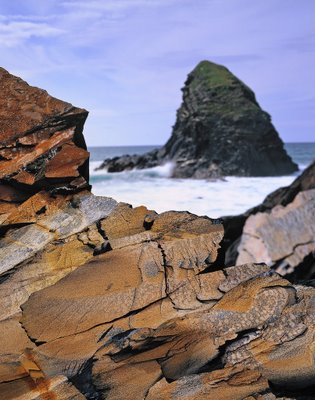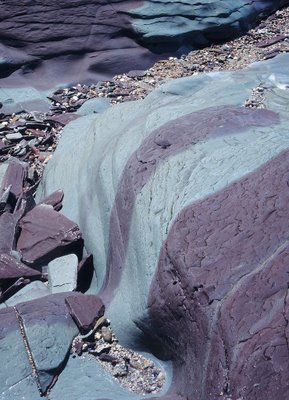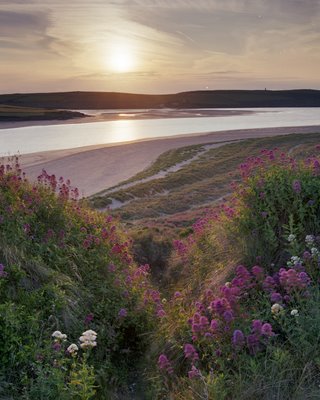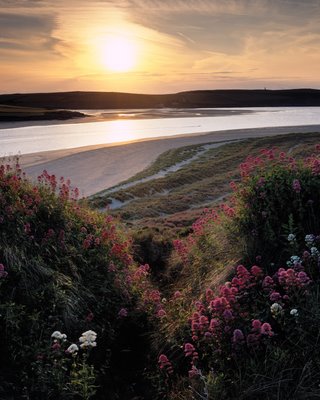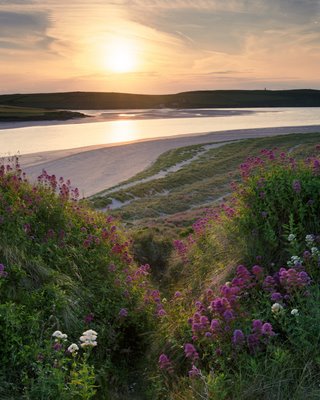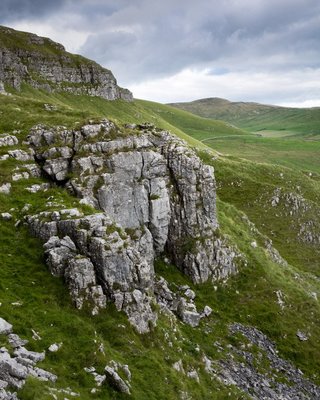
I’ve just come back from a quick outing to the Dales and although I really enjoyed it immensely, I kept on asking myself “What to shoot?”. It wasn’t that there was a lack of subject matter; The place we went to, Warrendale Knotts, was extraordinary and put Malham to shame in some ways but there didn’t seem to be an ‘idea’ out there…
The three photographs I came away with (first one with the Ebony but not developed yet) were OK and portrayed what was around me but they didn’t have a visual story (for want of a better phrase) to lead me into the picture. I started to think why I thought like this, why did I think something was missing.
The only thing I can think of is that I didn’t see either a strong actual subject or a strong compositional subject. These two things are what excite me when I find them in the field. The actual subject would be something like a tree or an erratic boulder or a waterfall, etc. The compositional subject would be a strong suggested shape or interlocking of shapes or a pattern that repeats in a geometric fashion. My favourite photographs combine these two things together, for instance my recent shot of the English Stonecrop where the composition shape was a flow across the frame and back, using a visual metaphor for a waterfall.
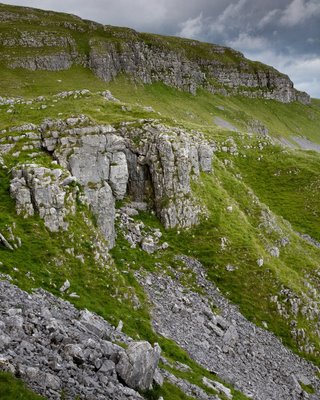
With the location I was in at the weekend, there was no actual subjects that were enough of a focal point to support a picture on its own. The rocks formations were nice but there wasn’t a main attraction and a supporting cast (e.g. Old Man of Storr or the Quiraing) so the strength of the actual subject wasn’t that great. It was also difficult to combine the elements into a strong geometric/compositional arrangement. This left me with trying to balance weak subject matter with subtle arrangement to create a coherent whole. Now I know this can be done as Christopher Burkett and Eliot Porter or masters at this, but I have difficulty visualising these types of composition in the field.
At the moment I’m using my 5D as a finder still and walking all around an area (in this case the crags that appear in all three shots) trying to find suitable arrangements. I’ll then take my compact flash back to Charlotte (who has either fallen asleep at this stage or is happily reading a book) and look through the pictures to choose a ‘best’. So in this case I chose the second picture as the one I would take with the large format camera.
When I returned, however, I thought that the second picture here is probably the better composition. I didn’t think it would work as well whilst looking through the finder because of the scree in the left hand corner of the picture. Now I’m not so sure, I quite like the ‘more complete’ view but feel the first picture has more compositional interest . feedback welcome!.
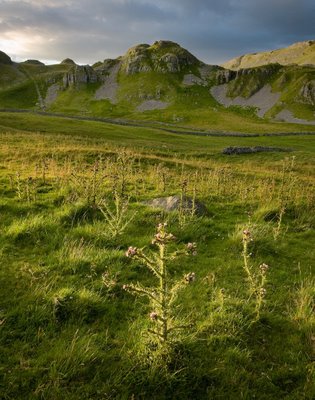
And finally, just to take up a point that David mentioned in his recent heretical support of the digital phone camera, I took this shot whilst walking back where the light literally appeared out of nowhere and was gone in a minute. The picture isn’t great (Thistles are difficult plant in many ways) but it was visual feast at the time.
I’m trying my best to work out ‘field tactics’ for finding compositions and the main thing at the moment appears to be about finding a base camp and then scouting around with just my SLR, feeling free to photograph those things that interest me. This does mean carrying around far too much gear though, perhaps once I get a mini GND kit for my Ricoh I’ll try to sacrifice the 5D.. The problem I have with the Ricoh though is that using the zoom becomes too much of a concious decision. With the 5D, I look through the viewfinder (I’ve cropped it to 4×5 btw) and with my right hand on the zoom , I can wander around a composition whilst dynamically changing the focal length, playing with perspective as part of my experimenting. With the Ricoh, the feedback loop between thinking about zooming in and it actually happening is just too slow to stay in the sub-concious.
I have looked around for 1.6 crop factor SLR/Lens combination that would be a lot lighter than the 5D but there aren’t many lenses that do the same as the 24-105 (I’d need a 16-65 lens at least.. preferably a 12-80 to get a decent range..).
Actualy I’ve just this second had a browse around and discovered what may be the perfect compromise.. Sony have a 16-105 lens for their 1.5 crop factor cameras. This is 96-630mm equiv in large format terms.. Hmmm… more thinking needed.
Click to view full post including 9 Comments
